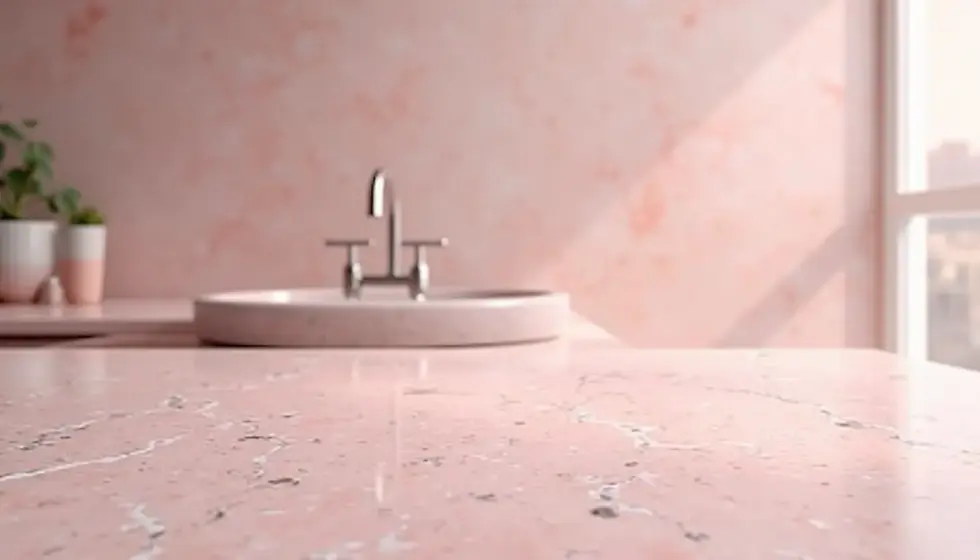Cracks in cinder block foundation: fast diagnosis + fix options 🧱
- Mei-Lin Arora

- Sep 6
- 3 min read
Updated: Sep 6
Seeing cracks in cinder block foundation can be stressful, but not every line in the mortar means major trouble. This quick, expert guide explains what different crack patterns mean, how to triage risk, and which repairs actually work—so you can protect the house without overspending.
Reality check: Cinder (concrete masonry) block walls behave differently than poured concrete. The pattern (step, vertical, horizontal) matters more than the crack’s mere existence.

Do I need to worry about cracks in cinder block foundation?
Start by noting shape, size, and movement:
Hairline, stepped cracks following mortar joints often signal minor settlement or shrinkage.
A vertical crack in cinder block foundation near the middle of a wall can be benign if narrow and stable.
A horizontal crack or long bowing section is higher risk—usually soil pressure or drainage loading.
Efflorescence, dampness, rust or widening gaps point to active moisture and movement.
Pro tip: Photograph each crack with a ruler and date. If the gap widens over weeks, you’re dealing with movement—not a static blemish.

Quick checklist: triage cinder block foundation cracks
Width test: Under 1/16″ and stable = usually cosmetic monitoring. 1/16–1/8″ = evaluate drainage and consider repair. Over 1/8″ or any horizontal line = call a pro.
Moisture source: Check gutters, downspouts, grading, and footing drains before wall work; water drives many cracks in cinder block wall problems.
Location: Ends of walls, corners, or near large openings are more stressed.
Soils & frost: Expansive clay and freeze-thaw add lateral pressure.
Rule of thumb: Fix water outside first (grade, downspouts, drains). Interior patching alone won’t stop a leak long-term. 💧
Repair options that actually work
Cosmetic/repointing (stable, narrow cracks). Grind and repoint mortar joints with compatible mortar; fill isolated block face cracks with masonry crack filler. Good for a small cinder block foundation crack that hasn’t grown.
Structural reinforcement (bowing/horizontal). Carbon-fiber straps or steel channels anchored top and bottom can restrain movement when caught early. Severe bowing may need partial rebuild and improved drainage.
Injection & grouting. Unlike poured concrete, hollow CMU often benefits from urethane injection for leak paths and grout fill or pilasters for stiffness—case by case.
Water management. Regrade soil to slope away, extend downspouts 6–10 ft, and repair/replace footing drains. FEMA’s Homeowner’s Guide to Retrofitting outlines durable flood and drainage strategies (FEMA guide).
Interior waterproofing (last line). Interior channels and vapor barriers can control seepage when exterior work isn’t feasible—best combined with dehumidification.
Pro tip: Before bidding repairs, ask contractors to separate water fixes from wall fixes on paper. Clear scopes make apples-to-apples comparisons possible.
Costs & timelines (ballpark)
Repoint small step cracks: a few hundred dollars and a half-day.
Carbon fiber on one wall: low thousands; 1 day install.
Drainage + downspouts + grading: ranges widely; start outside and scale up.
Partial rebuild: most invasive and costly—reserve for severe displacement or crumbling block.

FAQs
In one sentence: what do cracks in cinder block foundation mean?
Pattern + movement tell the story: hairline step cracks are often cosmetic; horizontal/bowing or widening cracks need professional evaluation.
Can I just seal a crack in cement block foundation from inside?
You can stop seepage short-term, but without exterior water control the crack often returns.
Are cinder block foundation cracks worse than poured concrete cracks?
They’re different: CMU joints encourage step cracking; horizontal lines and bowing are the big red flags.
Who should I call first?
Start with a foundation specialist or structural engineer—especially for horizontal cracks or wall displacement.
What about “cracks in cement block foundation” vs “concrete block”?
They’re the same material in common usage; focus on pattern, size, moisture, and movement.
Conclusion
Most cinder block foundation cracks are fixable when you tackle water first and reinforce only where needed. Document changes, improve drainage, and choose the right repair—whether it’s repointing a minor crack in cinder block foundation, restraining a bowed wall, or rebuilding a failed section. With the right sequence, you’ll stop leaks and stabilize the wall without overspending. 🙂



Comments